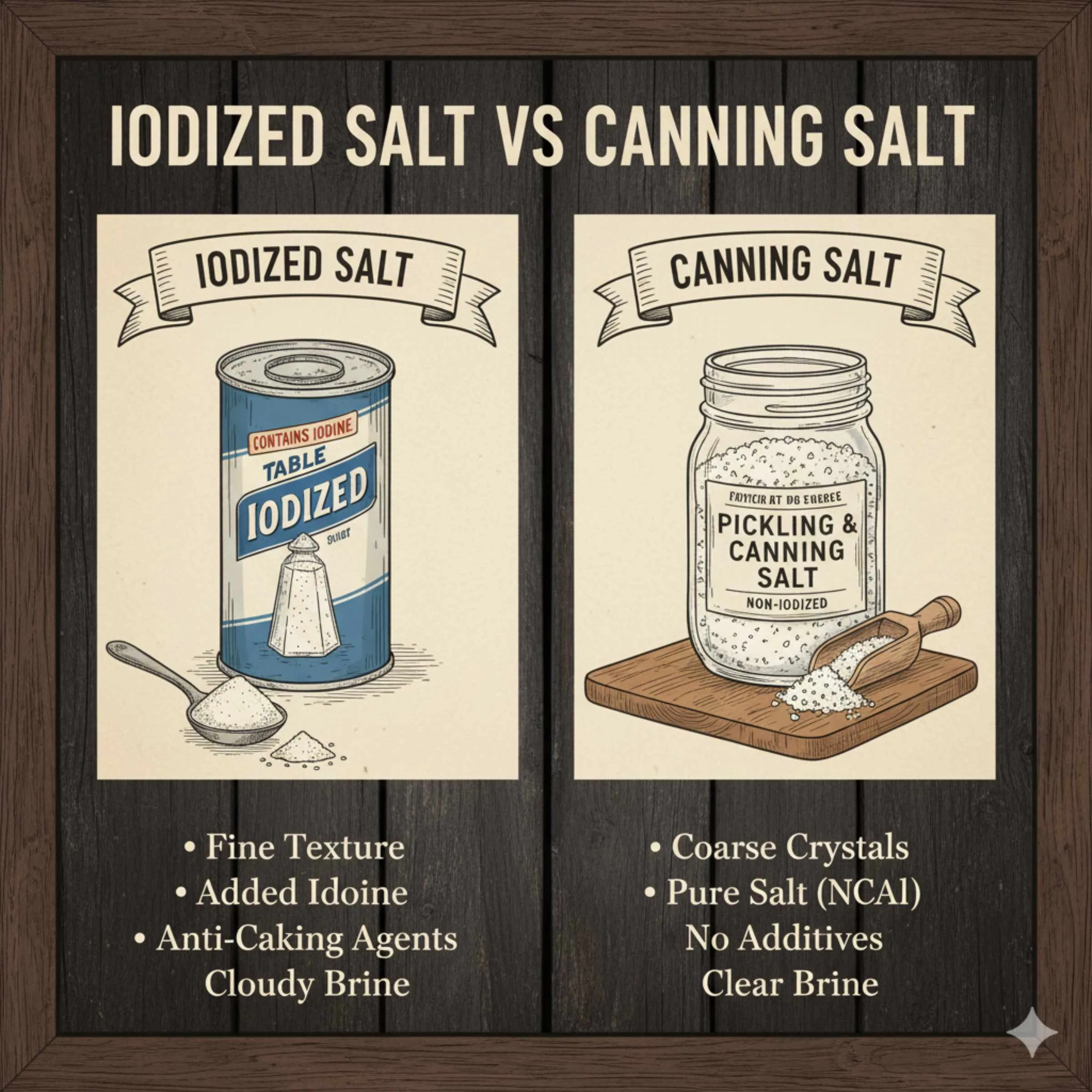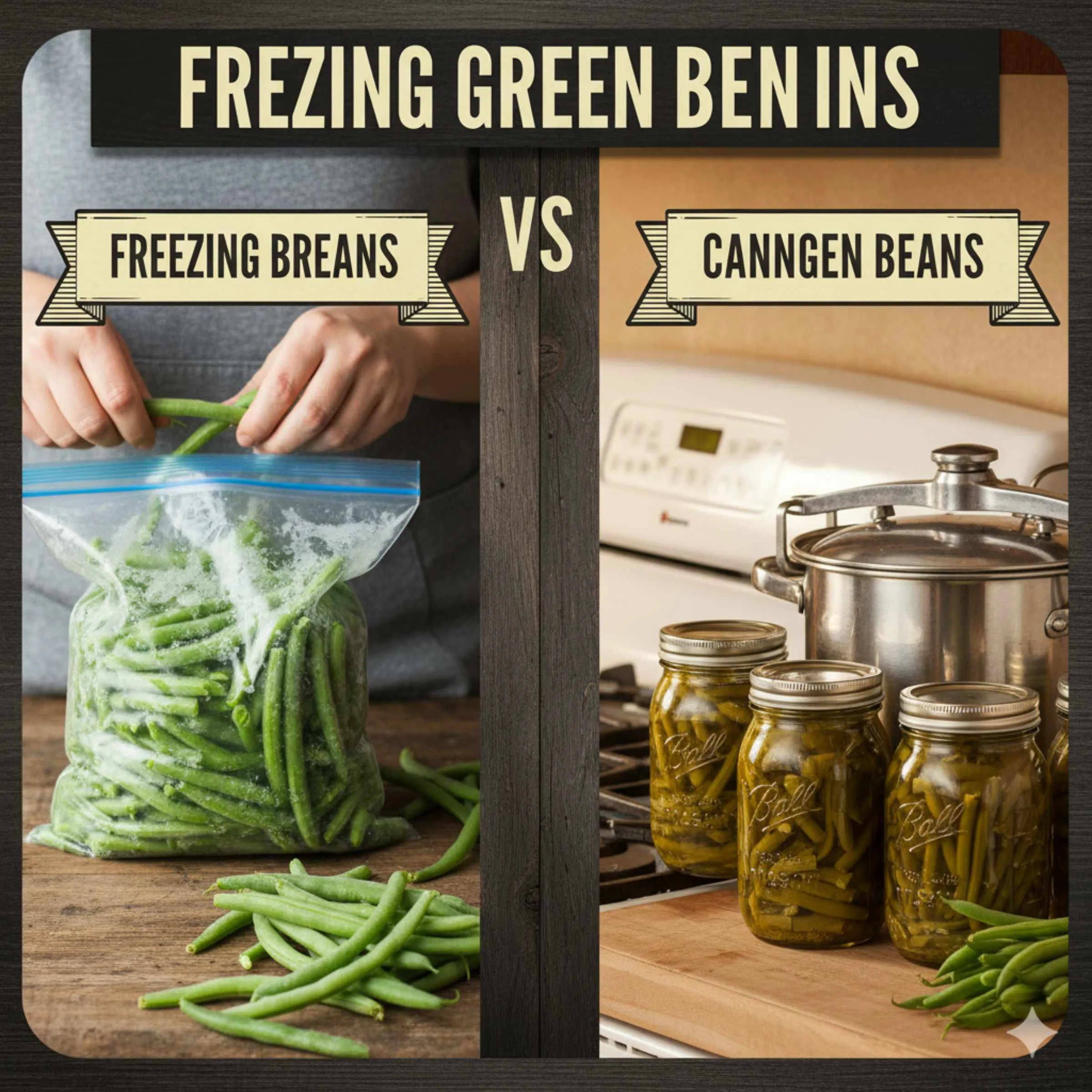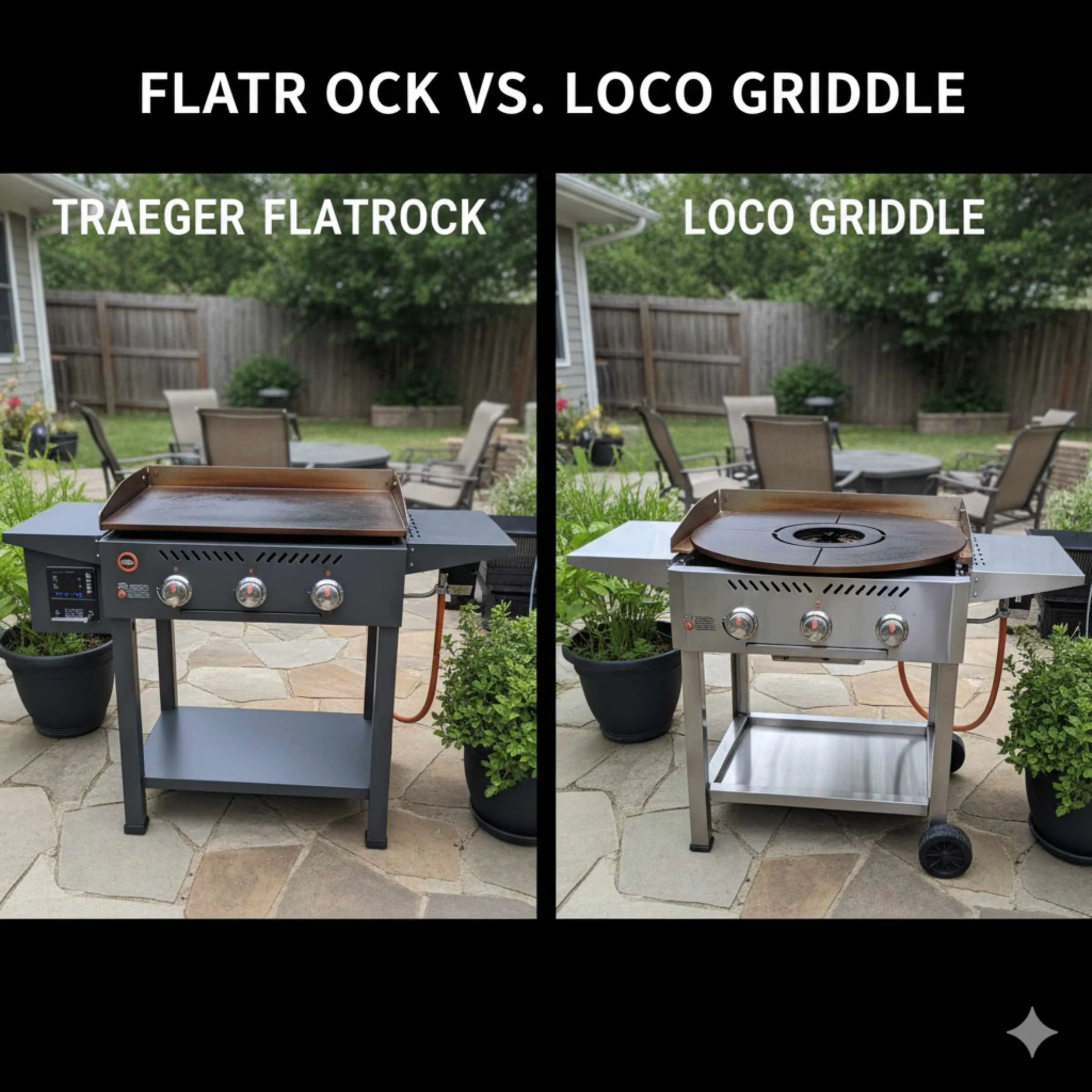All-Clad cookware is a top choice for serious home cooks, but comparing the lines—like D3, D5, Copper Core, and HA1—can feel overwhelming. The essential best buys depend on your heat source and budget; D3 Stainless offers unmatched durability and value, while Copper Core provides superior heat control for experts. We break down the key differences so you can choose perfectly.
Welcome! Picking out new cookware can sometimes feel like a puzzle, especially when the brand name is as trusted and varied as All-Clad. You see names like D3, D5, and Copper Core, and it’s easy to feel lost. Do you really need five layers when three will do? Which one heats up the fastest? Don’t worry; we are going to clear up all that confusion right now. You don’t need to be a professional chef to own great pans. We’ll compare these top lines using simple terms, focusing on what matters most for your everyday cooking and long-term investment. Let’s look at what makes each set special and find the perfect All-Clad match for your kitchen.
Why All-Clad Dominates the Kitchen Counter
All-Clad is famous for a reason. They were pioneers in fully clad cookware, meaning the metal layers—usually aluminum sandwiched between stainless steel—go all the way up the sides of the pan, not just on the bottom. This is the secret sauce behind their great performance.
Think about how your stove works. Heat comes up from the bottom. If only the bottom of the pan is thick, the sides stay cooler. This leads to uneven cooking—your sauce might burn where the flame touches, but the edges stay lukewarm. All-Clad’s full cladding ensures heat spreads evenly from the bottom right up the walls of the pan. This means better searing, more consistent simmering, and food that cooks the same way every time, whether you are making scrambled eggs or a big roast.
The Core Concept: Cladding Explained Simply
Cladding refers to the layers of metal bonded together. For most All-Clad lines, you get a core of highly conductive aluminum or copper, wrapped on both sides by tough, easy-to-clean stainless steel. Stainless steel is durable and non-reactive (meaning it won’t change the taste of acidic foods like tomato sauce), while the inner core materials handle the heat transfer beautifully.
When choosing, you are really choosing how many layers you want, and what the innermost layer is made of. More layers usually mean better heat responsiveness and retention, but it also means a higher price tag.
The Main All-Clad Cookware Comparisons: A Beginner’s Guide
All-Clad sells many collections, but for beginners looking for the best bang for their buck and reliable daily workhorses, four names come up repeatedly. We will break down the big four: D3 Stainless, D5 Brushed Stainless, Copper Core, and the budget-friendly Hard Anodized Aluminum (HA1).
1. All-Clad D3 Stainless (The Workhorse)
If you ask a chef what All-Clad line they use most often, D3 is frequently the answer. It is the original, the classic, and often the best starting point for anyone serious about upgrading their kitchen tools.
What is the D3 Built Like?
D3 stands for 3-ply construction. It features a core of aluminum sandwiched between two layers of stainless steel (one on the bottom, one on the inside cooking surface). It’s durable, dependable, and oven-safe to high temperatures.
Pros and Cons of D3
- Pros: Excellent heat conductivity; very tough and warp-resistant; lower cost compared to multi-ply options; suitable for all stovetops, including induction.
- Cons: Can show fingerprints and water spots easily; takes a little longer to heat up than copper-core lines.
Best For: Everyday cooking, high-heat searing, and cooks who want professional quality without the professional price tag.
2. All-Clad D5 Brushed Stainless (The Stable Performer)
D5 is All-Clad’s answer to even greater stability and precise, even heating. It’s slightly fancier than the D3 because it features five bonded layers:
- Stainless Steel (Exterior)
- Aluminum
- Stainless Steel (Middle Core)
- Aluminum
- Stainless Steel (Interior Cooking Surface)
Notice the alternating layers of steel and aluminum. This design is specifically engineered to reduce warping, especially on high-powered gas ranges, and provides extremely uniform heat distribution.
D3 vs. D5: The Key Difference
The main difference is heat control. D5 heats up a bit slower than D3, but it holds that heat more steadily once it’s hot. If you find your D3 pans sometimes create tiny hot spots, D5 is designed to eliminate those issues almost entirely. It also has a lightly brushed exterior finish, which hides fingerprints better than the polished D3.
D5 Specs at a Glance
| Feature | D3 Stainless | D5 Brushed Stainless |
|---|---|---|
| Layers | 3-Ply (Aluminum Core) | 5-Ply (Alternating Layers) |
| Heating Style | Responsive, Quick Heating | Even, Steady Heat Retention |
| Exterior Finish | Polished Shiny | Brushed Matte |
| Best For | Searing, Everyday Use | Sauces, Delicate Heating, High Power Burners |
3. All-Clad Copper Core (The Heat Connoisseur)
When you step up to Copper Core, you enter the realm of high-performance cookware, often considered the gold standard by top culinary schools. This line uses copper right next to the cooking surface for maximum efficiency.
Why Copper is King for Heat
Copper is the best metal for conducting heat—it responds to temperature changes faster than aluminum. In the Copper Core line, you get five layers, but the innermost core is pure copper, flanked by aluminum layers, all wrapped up in stainless steel.
If you enjoy making complex sauces, caramelizing onions low and slow, or needing instant temperature adjustments (like when deglazing a pan), Copper Core is hard to beat. However, copper needs more care.
The Care Consideration for Copper
Copper reacts with certain foods, causing discoloration, and it requires specialized cleaning to maintain that signature look. It is often not dishwasher safe and requires more elbow grease than standard stainless steel. For example, you might use something like Bar Keepers Friend or a dedicated copper cleaner to keep it looking sharp. For the best practices on cleaning specialty metals, checking manufacturer guidelines, such as those provided by reputable safety boards or appliance testing groups, can be very helpful to avoid damage.
4. All-Clad HA1 Hard Anodized (The Non-Stick Beginner)
Not all All-Clad is made of gleaming stainless steel. The HA1 line is targeted perfectly at beginners or cooks who rely heavily on non-stick surfaces for eggs, fish, and delicate items. HA1 cookware is aluminum that has been “hard anodized.”
What is Hard Anodizing?
Hard anodizing is an electrolytic process that makes aluminum much harder, more durable, and highly scratch-resistant while creating naturally non-stick properties. It is essentially a chemically hardened surface.
The HA1 Trade-Offs
This line is significantly less expensive than the fully clad stainless options. It heats up very fast, which is great, but it does not retain heat as well as the stainless options. Crucially, once the non-stick coating wears out (and all non-stick coatings eventually do), the pan needs to be replaced.
Best For: Beginner cooks, budget-conscious buyers, and households that prioritize easy cleanup for breakfast foods.
Essential All-Clad Cookware Pieces to Buy First (Best Buys)
You don’t have to buy a massive set right away. For most kitchens, focusing on a few versatile pieces from the best collection for your needs is the smartest way to start your All-Clad journey. Here are the top three essential buys, regardless of which line you choose:
- 10-Inch Fry Pan (Skillet): This is your everyday hero. Perfect for sautéing vegetables, cooking two chicken breasts, or making omelets. Look for one with high, flared sides to help liquids and steam escape when you need to brown food.
- 3-Quart Saucepan with Lid: Essential for everything from heating soup and making rice to simmering sauces. The lid helps retain moisture and heat efficiently.
- 8-Quart Stock Pot or Dutch Oven: Necessary for making large batches of pasta, stock, chili, or boiling potatoes. This is where the superior heat distribution of clad cookware really shines for large volumes of liquid.
If you plan to sear steaks often, upgrade that 10-inch fry pan to a 12-inch or consider a specialized grill pan if you love those char marks.

Induction Stovetops and All-Clad Compatibility
Modern kitchens often feature induction cooktops. If you have one, you must ensure your cookware is magnetic. This is a common sticking point when people compare All Clad cookware.
Induction cooking works by creating a magnetic field that heats the cookware directly. Therefore, only stainless steel or cast iron works well; aluminum and copper alone will not.
Which Lines Work on Induction?
The good news is that almost all All-Clad lines are designed with external stainless steel layers, making them compatible with induction.
- D3 Stainless: Yes. The outer layer is magnetic stainless steel.
- D5 Brushed Stainless: Yes. Excellent performance on induction due to its fully clad design.
- Copper Core: Yes. It has a magnetic stainless steel exterior base.
- HA1 Hard Anodized: Yes. But only if it is specifically labeled as “HA1 Induction Ready.” Many older HA1 lines were aluminum only, so always check the label on the box or bottom of the pan.
For the absolute best performance on an induction surface, the D5 and Copper Core lines often provide slightly more stable and consistent heat transfer compared to the D3, though the D3 will work perfectly fine.
Caring for Your Investment: Making It Last
All-Clad is an investment, much like buying reliable parts for your vehicle. Proper maintenance is key to ensuring it lasts decades. We want you to feel confident using these pans every day without fear of ruining them.
Cleaning Tips for Stainless Steel (D3, D5, Copper Core)
For most light messes, warm soapy water and a gentle sponge are all you need. However, if you have stuck-on bits or oil residue, follow these steps:
- Deglaze Immediately: While the pan is still slightly warm (but not scorching hot!), pour a little water into the pan and use a wooden spoon to scrape up any stuck food bits.
- Tackle Browning: For stubborn brown or rainbow-colored stains (caused by mineral deposits), boil a mixture of one part white vinegar to three parts water in the pan for about 10 minutes. This often lifts the discoloration. For tougher spots, use a gentle, abrasive cleaner specifically made for stainless steel, like Bar Keepers Friend powder.
- Dry Immediately: Always dry your stainless steel pots and pans immediately after washing. Letting them air dry can cause water spots (especially in hard water areas) or mineral buildup.
A Note on Dishwashers: While most All-Clad stainless lines are technically dishwasher safe, experts—including those promoting long-term quality in kitchen equipment—strongly advise handwashing. The harsh detergents and high heat in dishwashers can dull the finish over time and damage handles.

When to Upgrade: Knowing When D3 Isn’s Enough
For many home cooks, the D3 line checks every box. It’s the perfect entry point. However, there are specific scenarios where upgrading to D5 or Copper Core makes sense:
- If you use very high heat constantly: Especially on powerful gas ranges, D5’s five-layer construction resists warping better than the three-layer D3.
- If you cook delicate French sauces or custards: The immediate heat response and even distribution of the Copper Core (with its copper layer near the surface) prevent scorching better than any other line.
- If you rely on precise temperature control around the entire perimeter of the pan: D5 offers slightly more consistent results across the entire cooking surface compared to D3.
If you are simply boiling water, re-heating leftovers, or cooking standard scrambled eggs, the D3 will perform nearly identically to its pricier counterparts.
Frequently Asked Questions (FAQ) for Beginner All-Clad Buyers
Q1: Is All-Clad really worth the high price tag for a beginner?
A: Yes, if you plan to cook regularly. All-Clad is known for lasting decades, unlike cheaper pans that need replacing every few years. It’s a purchase that pays off in consistent cooking results over time.
Q2: Can I use metal utensils on my All-Clad stainless pans?
A: Absolutely. That is one of the huge advantages of stainless steel over non-stick—you can use metal spatulas, whisks, and tongs without worrying about scratching the surface.
Q3: What is the difference between “fully clad” and “encapsulated base”?
A: Fully clad means the metal layers go all the way up the sides of the pan. Encapsulated base means the thick heat-distributing material (usually aluminum) is only in the bottom disc of the pan. Fully clad offers far superior, even heating throughout the entire cooking vessel.
Q4: How do I stop my stainless steel pans from sticking so much?
A: Ensure your pan is preheated before adding fat (oil or butter). Get the stainless steel pan hot until a drop of water sizzles and evaporates instantly, then add your fat. Once the fat shimmers, add your food. This technique helps create a non-stick barrier.
Q5: Are any All-Clad lines safe for oven use?
A: The D3, D5, and Copper Core lines are all safe for high oven temperatures (usually up to 600°F or higher). Always check the specific manufacturer recommendation for your line, especially if the handle includes any plastic components, though traditional stainless lines rarely do.
Q6: Which line is the most durable for heavy-duty restaurant-style use?
A: The D3 Stainless line is often cited as the toughest for sheer abuse due to its simplicity and robust three-layer design, making it very resistant to dents and rough handling.
Q7: Should I spend more for the polished D3 or the brushed D5?
A: If you prioritize hiding fingerprints and minor surface scratches, the brushed D5 exterior is functionally better for busy households. If you prioritize saving a little money while getting the exact same heating core performance, the polished D3 is a fantastic choice.
Conclusion: Your Perfect All-Clad Match Awaits
We’ve walked through the main players in the All-Clad lineup, from the dependable D3 to the premium Copper Core. It is clear that “best” depends entirely on your cooking style and budget. Think of it this way: if you need a reliable, hardworking pickup truck that gets the job done perfectly every day, the D3 Stainless is your vehicle. If you need precision handling and the fastest response time for daily tasks, the D5 or Copper Core are excellent upgrades.
For the vast majority of home cooks seeking that first true investment piece, the All-Clad D3 Stainless line provides the best combination of professional performance, durability, and value. Don’t let the complexity scare you away; choose the line that matches your ambition, treat it well, and you’ll have cookware that serves your family wonderfully for decades to come. You’ve got this!








Leave a Reply